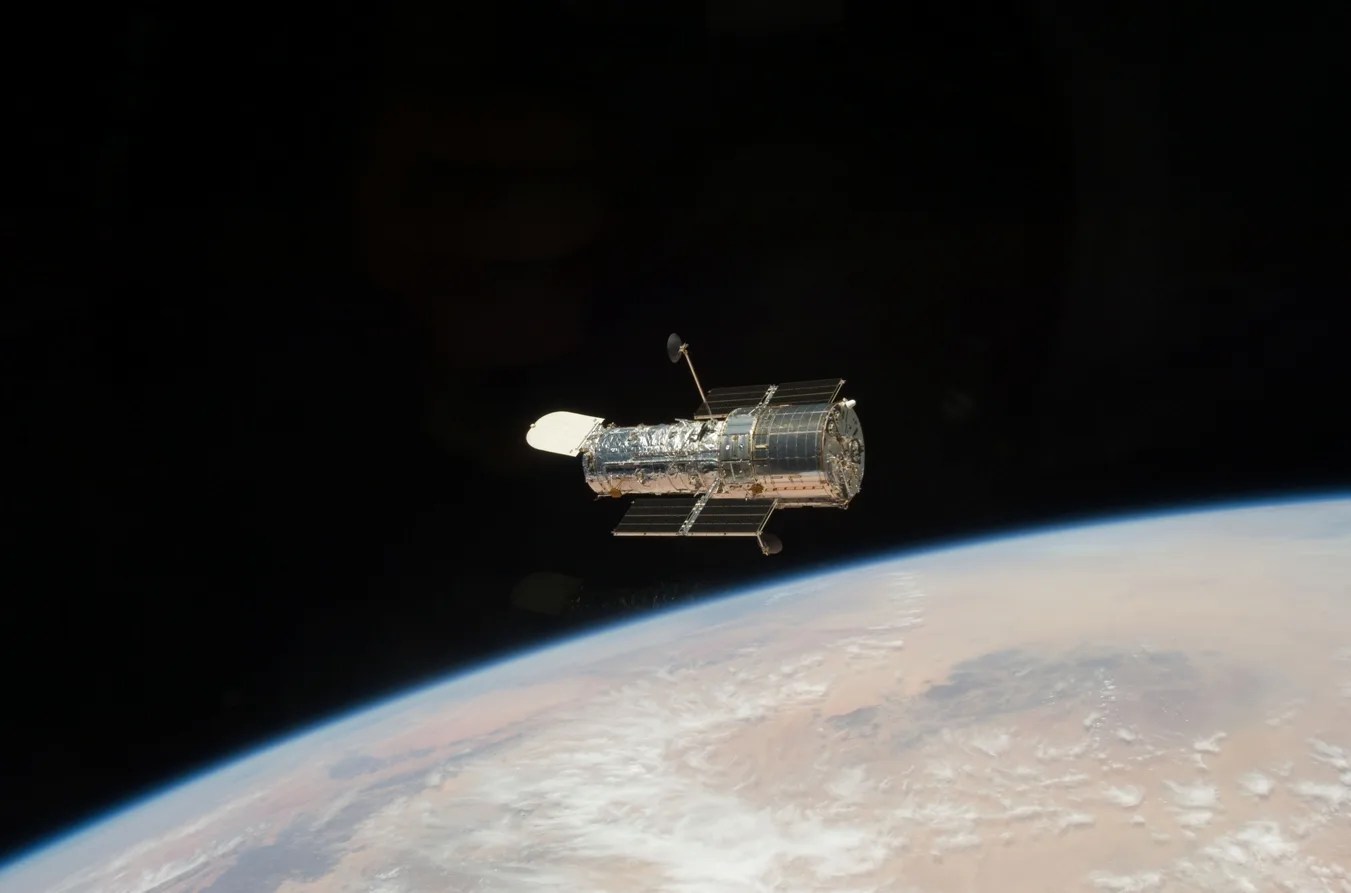3 min read

On April 24, 1990, the space shuttle Discovery lifted off from Earth with the Hubble Space Telescope nestled securely in its bay. The following day, Hubble was released into space, ready to peer into the vast unknown of space.
NASA's Hubble Space Telescope recently marked its 24th year in space and to celebrate its 25th year, NASA is taking a look at some of the amazing statistics generated by the world-famous telescope.
Hubble has reinvigorated and reshaped our perception of space and uncovered a universe where almost anything seems possible within the laws of physics. Hubble has revealed properties of space and time that for most of human history were only probed in the imaginations of scientists and philosophers alike. Today, Hubble continues to provide views of cosmic wonders never before seen and is at the forefront of many new discoveries.
Shortly after Hubble was deployed in 1990, the observatory's primary mirror was discovered to have a flaw that affected the clarity of the telescope's early images. Astronauts repaired Hubble in December 1993. Including that trip, there have been five astronaut servicing missions to Hubble. The first servicing mission occurred Dec. 2-13, 1993. Subsequent servicing missions occurred on Feb. 11-21, 1997; Dec.19-27, 1999; March 1-12, 2002; and May 11-24, 2009.
Here are some statistics on the Hubble as of its 24th anniversary on April 24, 2014:
- Hubble captures pictures of stars, planets and galaxies from its orbit around Earth while moving at 17,500 mph.
- Hubble has made more the 1 million observations since its mission began in 1990.
- Hubble has observed 38,000 celestial targets.
- Hubble has orbited Earth more than 3 billion miles along a circular low-Earth orbit of about 350 miles altitude
- As of Hubble's 24th anniversary in April 2014, Hubble's observations have taken up more than 100 terabytes of data.
- Hubble currently generates 844 gigabytes of data per month.
- About 4,000 astronomers from all over the world have used the telescope to probe the universe.
- Astronomers using Hubble data have published more than 11,000 scientific papers, making it one of the most productive scientific instruments ever built.
- Hubble weighs 24,500 pounds -- as much as two full-grown elephants.
- Hubble's primary mirror is 2.4 meters (7 feet, 10.5 inches) across.
- Hubble is 13.3 meters (43.5 feet) long -- the length of a large school bus.
The Hubble Space Telescope is a project of international cooperation between NASA and the European Space Agency. NASA's Goddard Space Flight Center in Greenbelt, Maryland, manages the telescope. The Space Telescope Science Institute (STScI) in Baltimore conducts Hubble science operations. STScI is operated for NASA by the Association of Universities for Research in Astronomy Inc., in Washington.
For images and more information about Hubble, visit: http://www.nasa.gov/hubble
Rob Gutro
NASA's Goddard Space Flight Center







